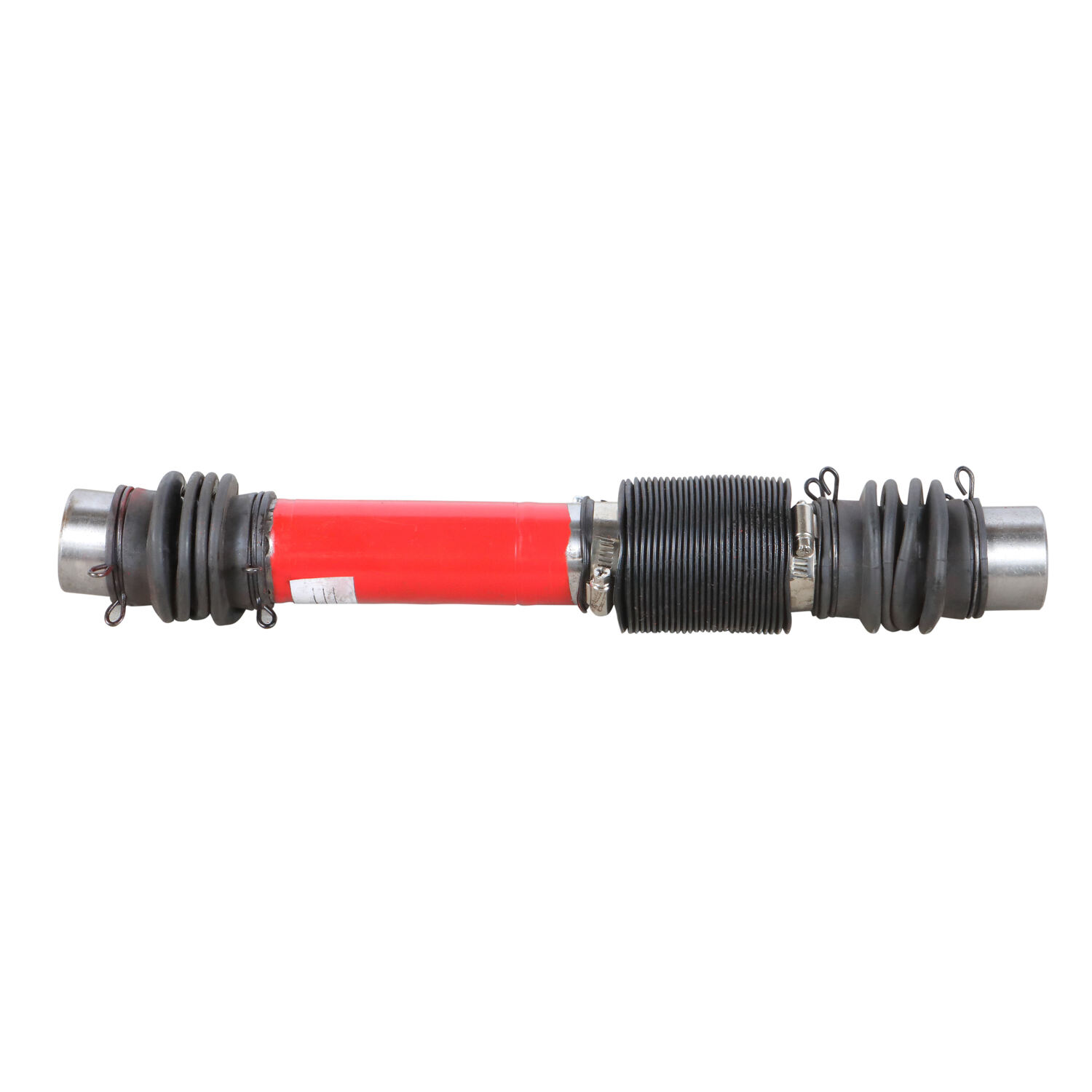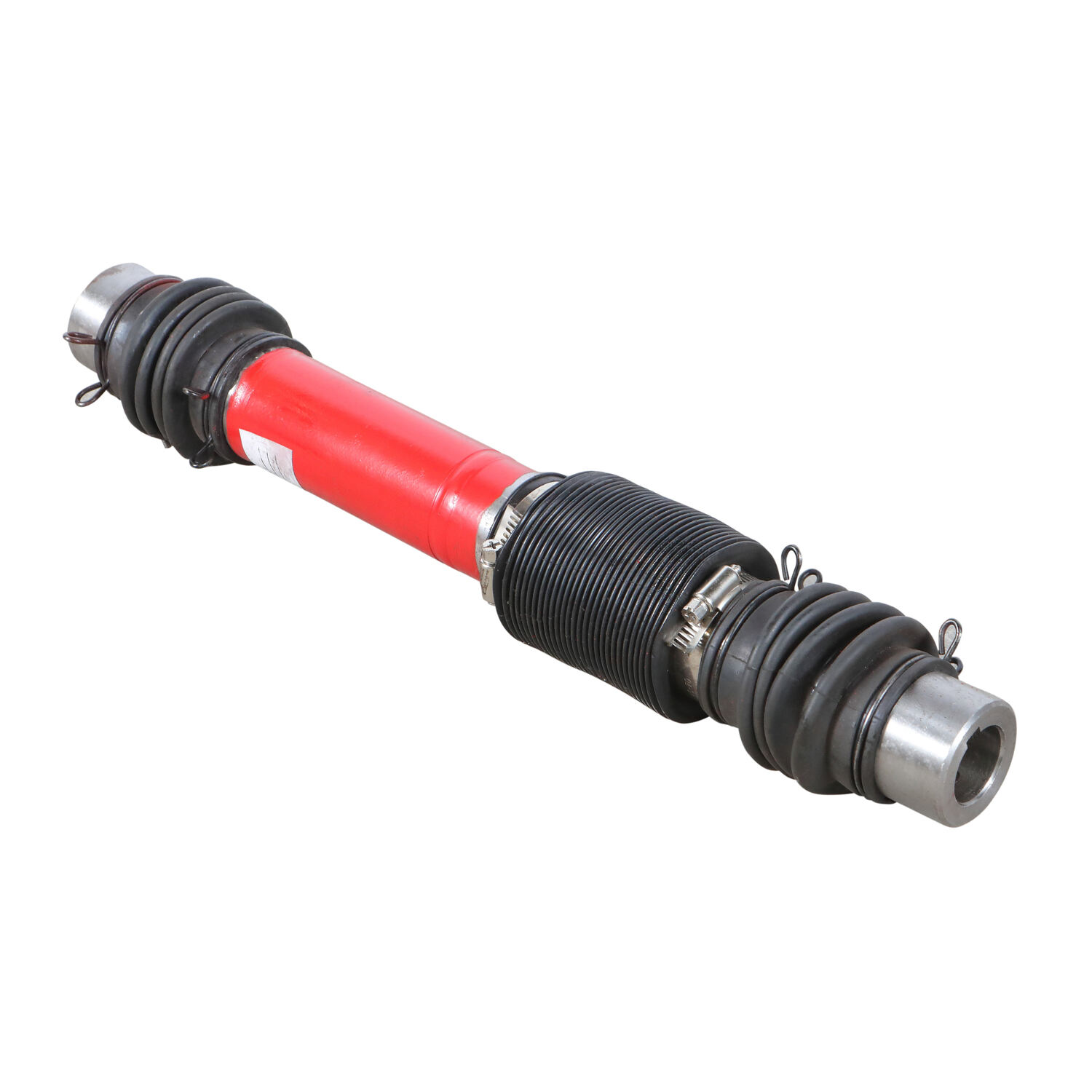plastic gear coupling
A plastic gear coupling represents an innovative advancement in power transmission technology, combining durability with cost-effectiveness. These couplings consist of high-performance polymer materials engineered to connect and transmit torque between rotating shafts while accommodating misalignment. The design typically incorporates precision-molded teeth that mesh together, allowing for smooth power transfer and rotational movement. Unlike traditional metal couplings, plastic gear couplings offer superior resistance to chemicals, corrosion, and require minimal lubrication. They excel in applications requiring moderate torque transmission, particularly in environments where weight reduction is crucial. The coupling's construction allows for angular, parallel, and axial misalignment while maintaining consistent power transmission efficiency. These components are widely utilized in various industries, including food processing equipment, packaging machinery, and light industrial applications. Their self-lubricating properties and ability to operate in wet conditions make them particularly valuable in environments where maintenance access is limited. The design also incorporates features for vibration dampening and noise reduction, contributing to smoother operation and extended equipment life.


